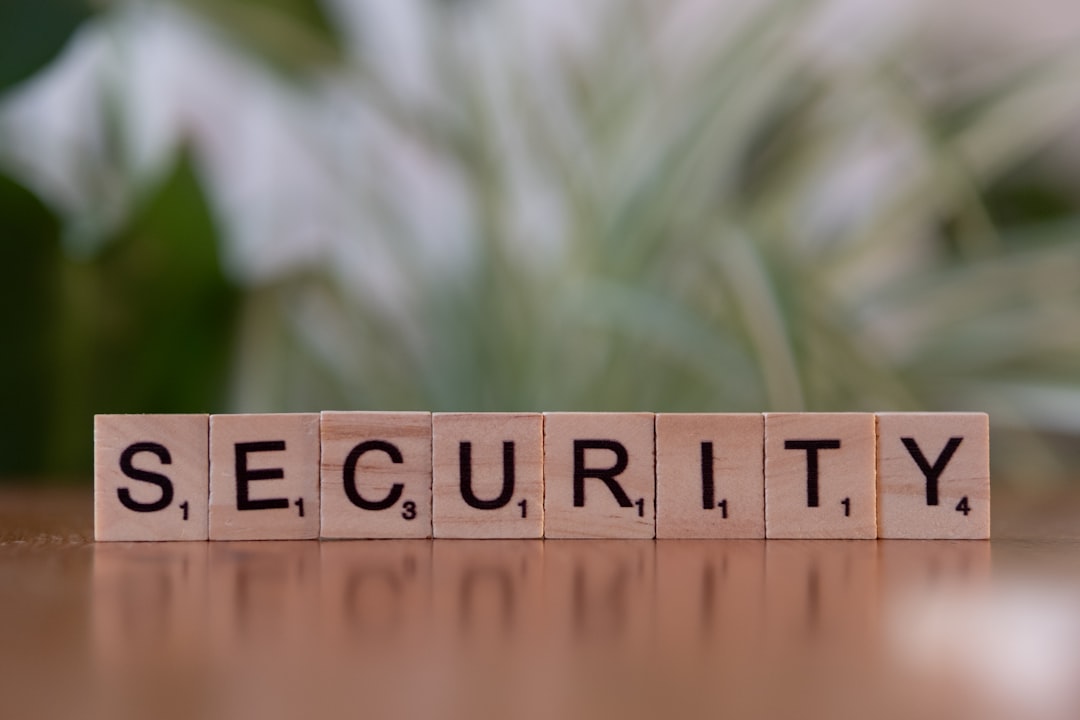With more than 1.5 billion users worldwide, Gmail is one of the most popular email services. Unfortunately, this popularity also makes it a common target for scammers. Fake offers, phishing emails, and identity theft scams are just some of the tactics used by cybercriminals. Knowing how to report a Gmail scam effectively can help protect not only yourself but others from falling victim to these malicious schemes.
This step-by-step guide will walk you through the safest and most effective way to report Gmail scams so authorities and Google can take action.
Table of Contents
1. Identify the Scam Email
The first step in reporting a Gmail scam is recognizing that the message in question is indeed suspicious or harmful. Common signs of scam emails include:
- Urgent or threatening language
- Unknown senders requesting personal information
- Misspelled words and poor grammar
- Links asking for login credentials or payment details
- Offers that seem too good to be true
If an email seems suspicious, avoid clicking on any links or downloading attachments. Even opening an email can sometimes place you at risk, so proceed with caution.

2. Use Gmail’s Built-in Reporting Tools
Gmail provides users with tools designed to help flag fraudulent or malicious emails quickly. Here’s how you can report a scam directly from your Gmail inbox:
- Open the suspicious email, but do not click any links or respond.
- Click on the three vertical dots (⋮) located in the top-right corner of the message box.
- Select “Report phishing” or “Report spam” depending on the nature of the email.
- Confirm your choice when prompted.
When you report phishing or spam through Gmail, Google receives the necessary data to investigate and block similar scams in the future, keeping other users safe as well.
3. Forward the Email to Authorities
In addition to using Gmail’s tools, you can alert the proper government authorities to help track broader scam networks. Here’s how:
Forward the original scam email to:
- spam@uce.gov – This address is monitored by the U.S. Federal Trade Commission (FTC).
- reportphishing@apwg.org – This goes to the Anti-Phishing Working Group, a coalition aimed at stopping phishing crimes.
Be sure you include the full email headers so experts can trace the scam’s origin. In Gmail:
- Open the suspicious email.
- Click on the three vertical dots and select “Show original.”
- Copy the entire content and header, and include them when forwarding to the above addresses.
4. Protect Your Account Immediately
If you’ve interacted with a scam email—clicked a link, downloaded an attachment, or replied—it’s crucial to secure your account:
- Change your password immediately using a strong, unique passphrase.
- Enable two-step verification to add an extra layer of security.
- Check your account activity under your Google Account settings to detect any unfamiliar logins.
- Revoke access to any suspicious third-party apps connected to your account.
Taking these steps quickly can prevent further damage and limit the scammer’s access to your personal data or financial information.
5. Report to Google Directly (If Needed)
In cases where Gmail’s built-in tools aren’t enough, you can report online abuse to Google using their official channels:
- Visit Google’s Gmail Abuse Reporting Form.
- Fill out the form with the necessary details including the phishing or scam email’s content and headers.
This method is especially useful if the scam involves impersonation, account hijacking, or recurring offensive spam not caught by Gmail’s filters.
6. Educate Yourself and Others
Help protect your contacts and family by spreading awareness of Gmail scams and how to report them. Consider the following safety practices:
- Always verify the sender’s details before responding to an email.
- Never provide personal, financial, or account information via email.
- Regularly update your knowledge on evolving scam tactics.
You can also refer others to trustworthy resources such as:

7. Recover from a Scam
If you’ve already fallen victim to a Gmail scam, you are not alone—and it is possible to recover. Here’s what you should do:
- Report the incident to the FTC or your local consumer protection agency.
- Contact your bank if you shared financial information or made transactions based on the scam.
- Monitor your credit reports and set up fraud alerts if necessary.
- Inform your colleagues or family in case they receive malicious messages sent from your account.
Document the scam with as much detail as possible, including copies of the email and any interaction history, in case law enforcement requires it for investigation.
8. Prevent Future Gmail Scams
Once you’ve dealt with a scam, use the experience to better shield yourself moving forward. Some smart prevention strategies include:
- Use a secondary email for newsletters and online registrations to keep your main account safer.
- Never reuse passwords across multiple accounts.
- Install antivirus software and keep it updated.
- Use a password manager to generate and store strong credentials.
Proactive behavior is the best prevention. Cyber threats evolve constantly, and staying informed is your first line of defense.
Conclusion
Reporting Gmail scams is not just about helping yourself. It’s a critical action that contributes to a safer digital community. By following the steps outlined above—recognizing scams, reporting through Gmail, notifying authorities, securing your account, and educating others—you play a vital role in combating cybercrime.
Take every suspicious message seriously. A few minutes spent investigating and reporting can prevent serious harm to you and others.
Stay alert. Stay secure. And always report Gmail scams—every report counts.




